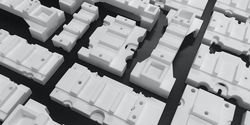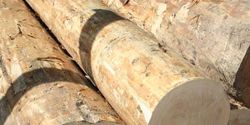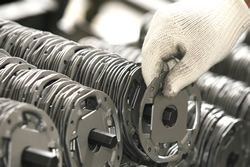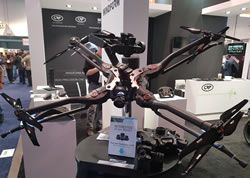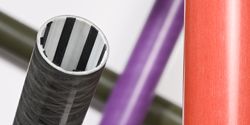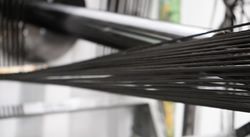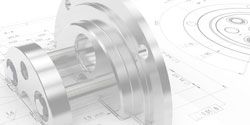Successful use of Carbon-composite Windform® XT 2.0 and professional 3D printing in the construction of 1P PocketQubes flight-ready
World's first 3D printed FRP footbridge paves way for circular composites
Additive Manufacturing for Production: Benchmarking Against Traditional Alternatives
Reduce Down Time with Torque Limiters
Vapour Degreasing - The Answer to Cleaner Components
CRP Technology and Windform® Materials for 3D Printing are Driving AM Revolution
A Strong Impression
Hybrid Composites Help Manufacturers Get the Best of Both Materials
The Fall of Friction in Bearings
Manufacturers Replace Metal with Plastic to Reap Benefits of Plastic Resins While Maintaining Integrity of Metals
How Robotics Has Helped The Manufacturing Industry
Time to fight corrosion - for the environment's sake
The push and pull of composite manufacturing
Challenges in Aerospace Innovation in 2019 and Solutions for 2020
Composites for Car Part Manufacturing
Records 16 to 30 of 34
First | Previous | Next | Last
Featured Product
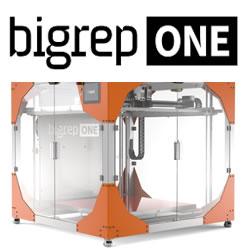
BigRep ONE: Large-Scale 3D Printing
Manufacturing and Automation - Featured Company


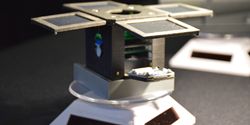
.jpg)
